Lemon Tree Growth Stages
With their glossy leaves and bright yellow fruit, lemon trees prove that good things come in small packages. While typically staying under 20 feet tall, each tree holds the power to produce hundreds of juicy, tangy lemons given the right conditions over its lifespan. Join me as I explore the lemon tree growth stages – from seedling to lemon fruit-bearing wonder!
Conditions for Growing Lemon Trees
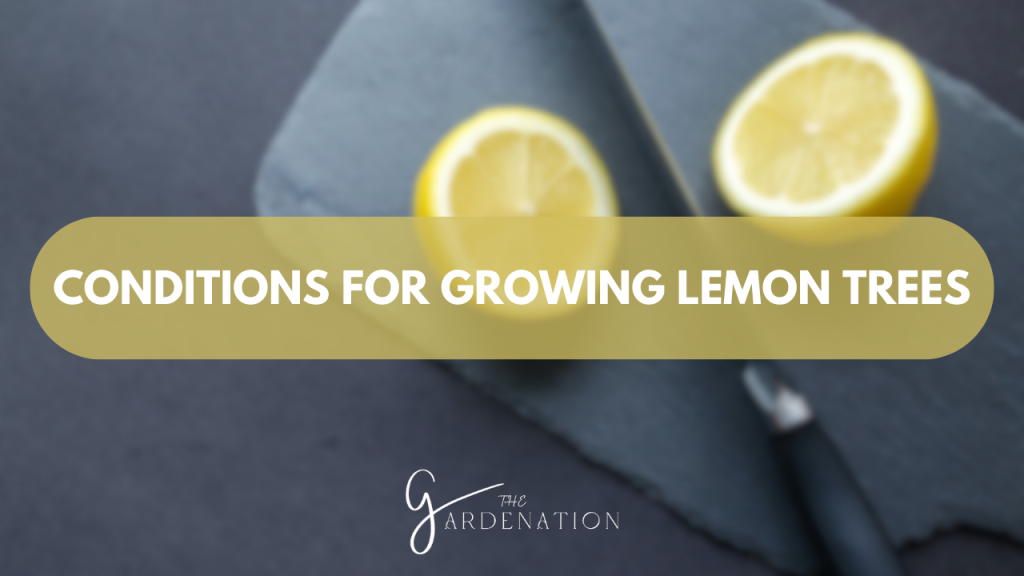
Native to Asia, lemon trees thrive in Frost-free environments similar to their tropical and Mediterranean forest origins.
They thrive in the protected coastal regions of the Pacific Southwest and the Gulf, where winter lows are rarely below 45°F. They require at least 8 hours of direct sunshine daily and well-drained yet organically enriched soil kept consistently moist but never waterlogged.
Here are the ideal conditions for growing lemon trees same as we have discussed for Romaine Lettuce in: Romaine Lettuce Growing Stages
- Sunlight: Lemon trees need full sun – at least 6-8 hours per day of direct sunlight. This allows them to produce healthy fruits. When growing indoors, I place in front of a sunny, south-facing window or use supplemental grow lights.
- Temperature: Lemon trees thrive in warm temperatures between 77-86°F during the day and above 55°F at night. They can tolerate short spikes in heat over 100°F. I protect my trees when temperatures drop below 50°F.
- Soil: Well-draining, slightly acidic soil with a pH between 5.5-6.5 is ideal. Sandy or loamy soils are better than heavy clay that doesn’t drain well and could lead to root rot. I amend soil with compost to improve drainage if needed.
- Water: I keep soil consistently moist, but not waterlogged. Mature trees have some drought tolerance. Younger trees need more frequent watering to establish – up to 1-2 times per week. I avoid overwatering because it many cause issues like yellow leaves, fruit drop, and root rot.
- Humidity: Lemon trees tolerate some humidity but excess moisture encourages fungal diseases. I make sure sure the tree has good air circulation to mitigate this.
- Hardiness Zones: Outdoors lemon trees do best in zones 8-11. They can be grown in containers in colder zones if protected or moved indoors in winter.
With the proper growing conditions suited to their preferences, lemon trees can thrive and produce abundant fruit for harvest. The keys are lots of sun, warm and humid air, well-drained soil, adequate but not excessive moisture, and protection from frost.
Monitoring new growth and leaf tones accurately steers watering needs. Established lemon trees remain moderately drought tolerant thanks to expansive root structures but still fruit best when generously watered. Light annual feeding maintains productive outcomes.
Growing Lemon Tree
Now that we understand basic care parameters, let’s dive into the development arc from first sprouting through decorative indoor life brightening kitchen window sills for decades to come with abundant citrus!
Lemon Seed Germination
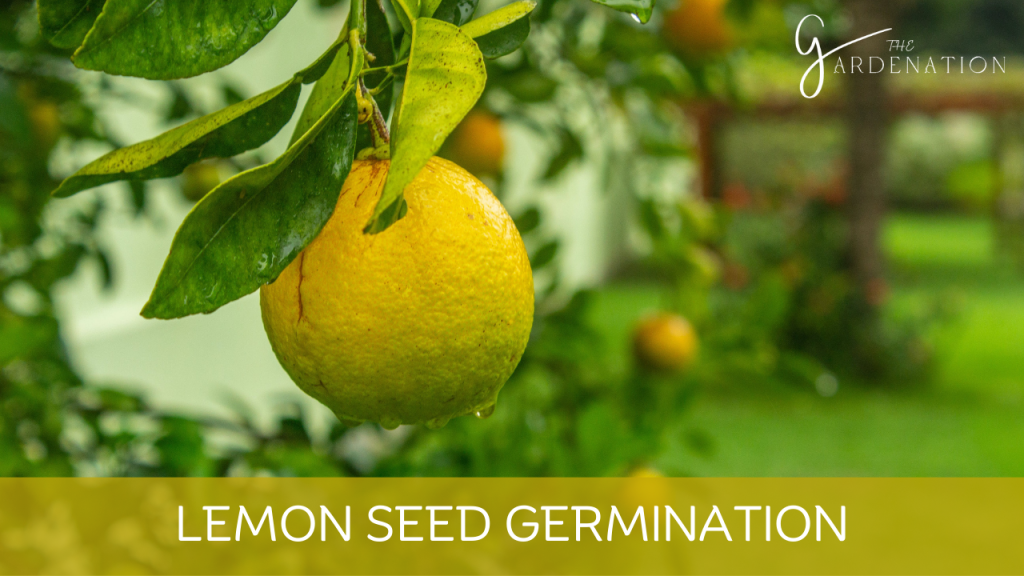
Given properly stratified then planted lemon seeds and supported conditions, emerging radicles signal the earliest visible growth within two weeks.
Many seeds also support multiple embryos resulting in several vigorous lemon seedlings all genetically identical promising quicker fruiting and colonization from the surviving stronger plant.
Intriguingly, these “poly-embryonic seeds” mimic ancient asexual propagation in flowering plants!
After lemon seed germination, small leaves soon follow breaking dormancy.
Seedling Phase
Make sure to explore the pineapple’s seedling stage as well
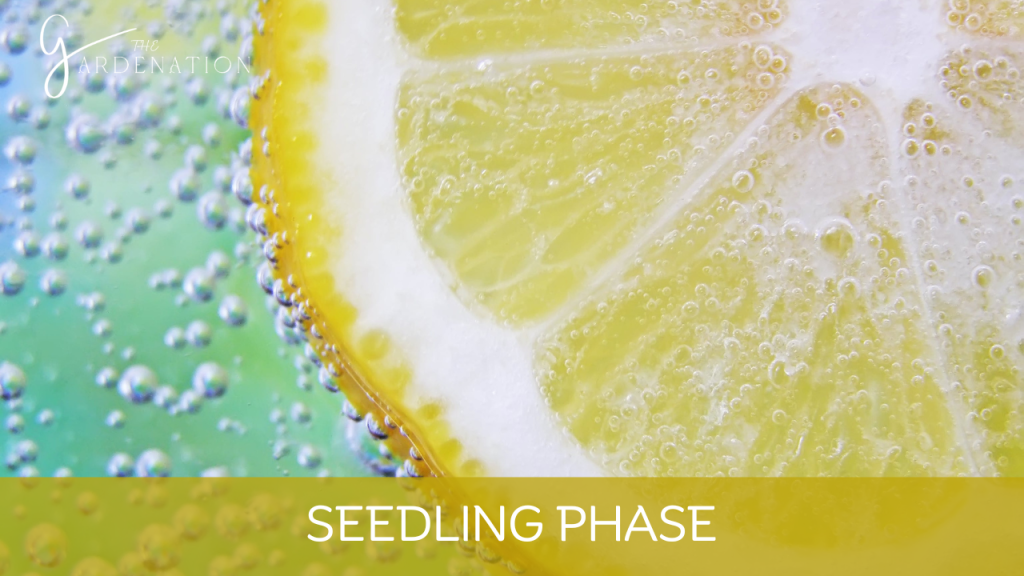
Upon young lemon seedlings unfurl the small starter leaves called cotyledons, they commence manufacturing fuel via photosynthesis to power the full transition into sapling and eventual tree.
During this vulnerable stage I provide increased humidity which prevents desiccation while I also provide supplementary lighting which intends growth upwards preventing spindly tendencies indoors.
Gradually leaves divide into the classic citrus oval, shiny forms building resources towards the next growth objectives – maturity and flowering.
Vegetative Growth
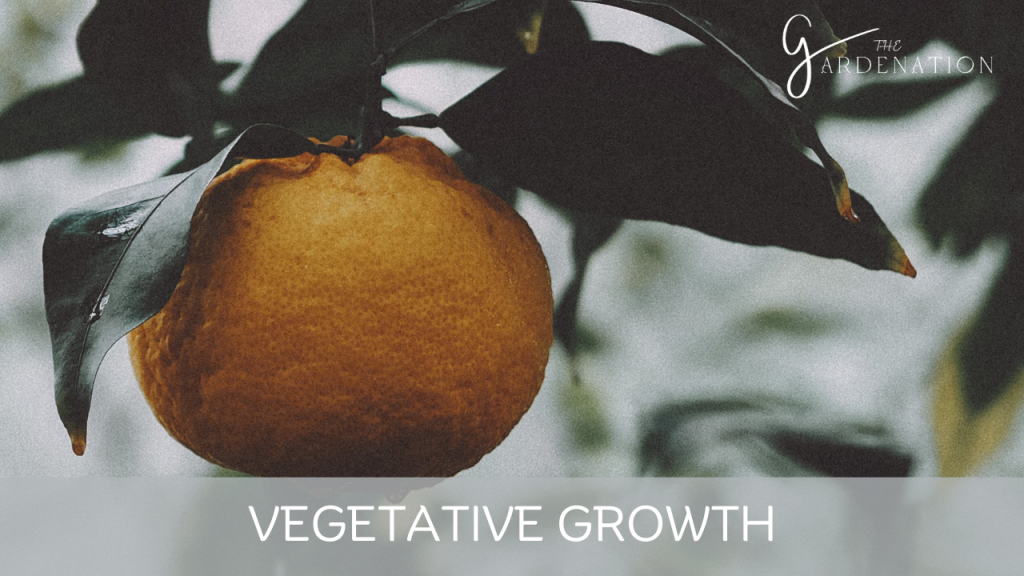
I give adequate water, nutrition and space for widening root structures, lemon trees put on substantial height yearly in juvenile phases to 8 feet per season in ideal settings before tapering gains to a few feet annually thereafter.
Initial branches grow more vigorously than later forming ones, making consistent pruning for shape crucial. Smooth bark also toughens during this period as maturing canopies expand via actively dividing cells stretching stems and elevating leaves incrementally towards sun access.
Flower Bud Initiation
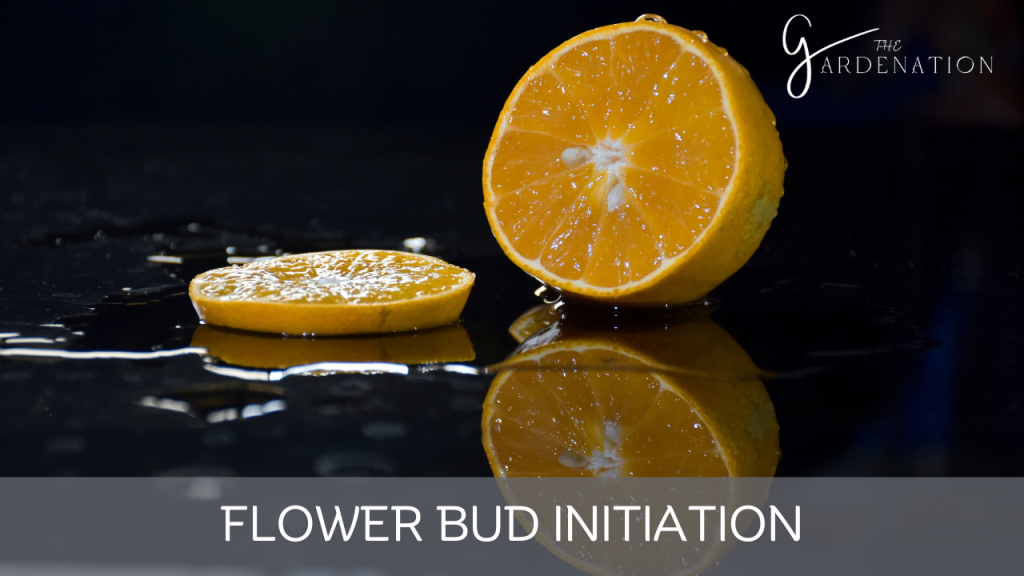
Approaching reproductive maturity between two to five years when forming near one inch diameter trunks, lemon buds emerge at branch forks. I provide frost protection that ensures development into delicate white lemon-scented flowers with purplish undersides.
Since blossoms emerge on the wood of the current season, I avoid extensive pruning in the fall to encourage an abundance of flowers in the spring. Instead, I save younger, selected branches for the next bloom display.
Open Flowers & Pollination
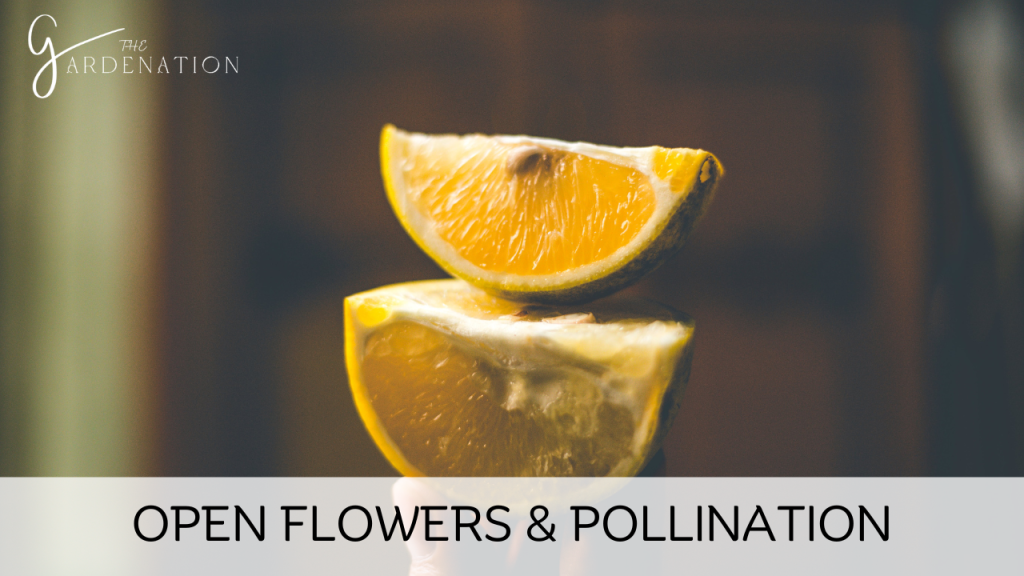
Showy lemon flowers require insect cross-pollination despite self-fertile capacity. Handheld battery-operated toothbrushes effectively vibrate pollen when natural carriers prove unavailable, exponentially increasing fruit production. Because lemons bloom throughout the year given ideal conditions, monitoring lemon tree flowers to fruit.
Fruit Growth
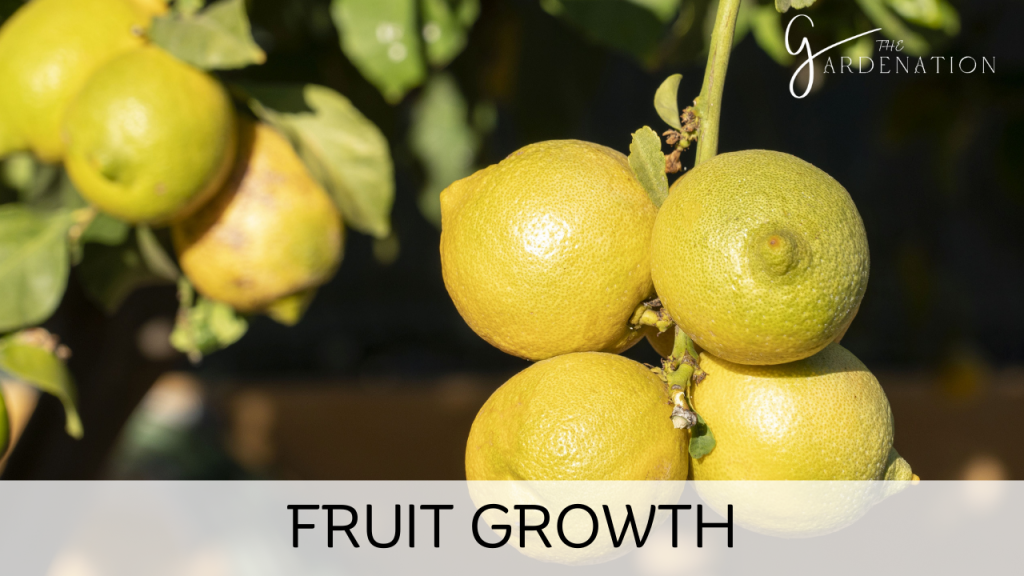
Once successfully fertilized lemon flowers transform into fruits enlarging gradually over 6-9 months before ripening fully. During cell growth seeds develop internally maturing to viability at the halfway mark around 130 days as fruits pigment deeply yellow.
Interestingly citrus seed fertility depends on cross-pollination between different cultivars – without which seeds remain sterile and non-viable white floaters lacking embryonic components and unable to continue progeny.
Ripening & Harvest

Lemon tree ripened lemons shift from dark green to bright yellow skins signaling peak sweet/tart juice flavor balance ideal for harvesting. I carefully twist ripe fruits sideways that prevents stem tearing. Then I cure indoors 1-2 weeks intensifying flavor.
Leafy trees often set new fruits continuously allowing year-round selective harvesting aligned with personal recipe needs and preferred tartness over seasons of versatile bounty!
I’ve come full circle from lemon seed germination to eventually lemon tree flower to fruit
brightening patios and palates with homegrown vitamin C-rich flavor.
Understanding the trajectory empowers attentive nurturing through each critical stage
For more information more about trees you can visit: Best Shade Trees
Frequently Asked Questions
What month do lemon trees bloom?
Lemon trees bloom nearly any month given ideal 50-80°F temperatures and ample fertilization. Outdoors they blossom in winter or spring depending on climate and variety while indoor trees flower intermittently year-round unless exposed to chilling drafts which temporarily halt blooming.
How long before Meyer lemons bear fruit?
Expect miniature fruit forming on second year seedlings but significant maturity allowing full flavor development and higher yields starts around years four to five under optimal culture. Dwarf Meyer lemons often reach peak production earlier given their smaller stature and reduced dorsal-ventral branches to fill limiting fruiting wood.
Do lemons grow on trees?
Yes, lemons grow on trees. Specifically, lemon trees belong to the citrus family Rutaceae. They are small evergreen trees that can grow over 20 feet tall outdoors in warm climates, but there are also dwarf varieties that can be grown indoors in pots and still produce fruit.
How big do lemon trees get?
Outdoors in warm climates, Meyer lemon trees can reach 6-10 feet tall at maturity. Indoors or when containers are grown, they are smaller – usually staying under 5 feet tall.
Their size can be controlled through pruning and limiting pot size. They are well suited for growing in containers.

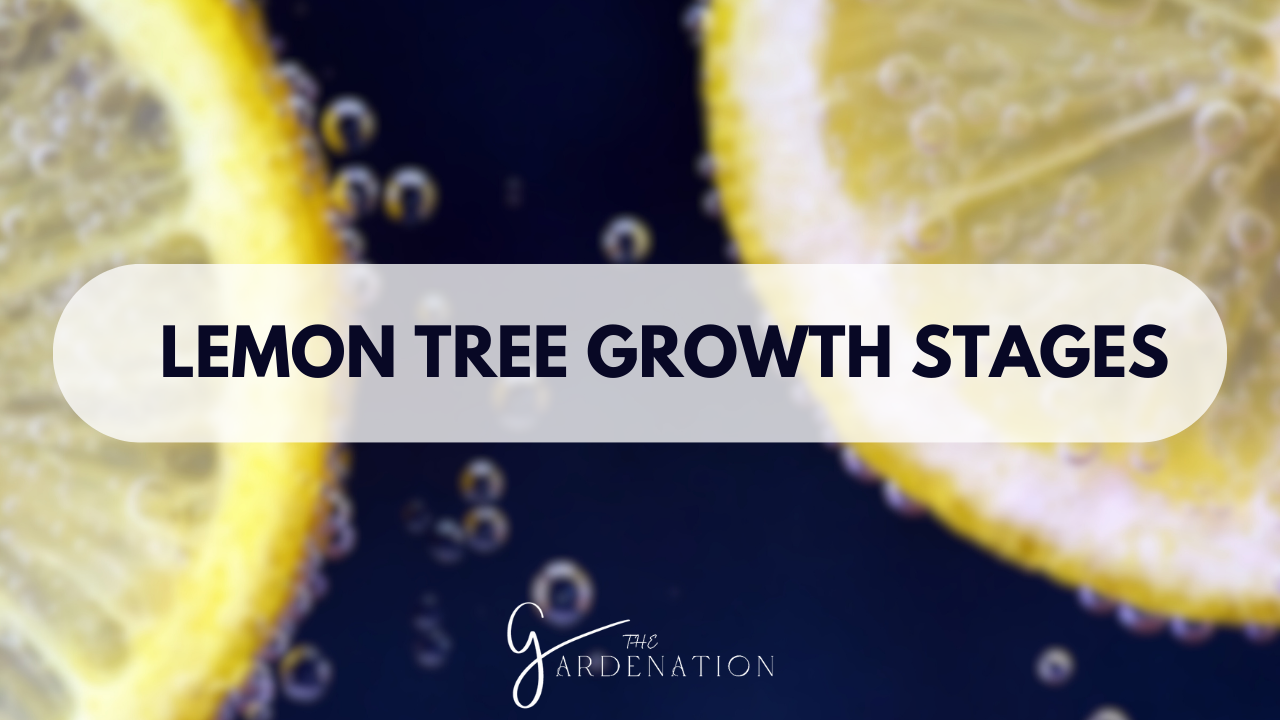
2 Comments